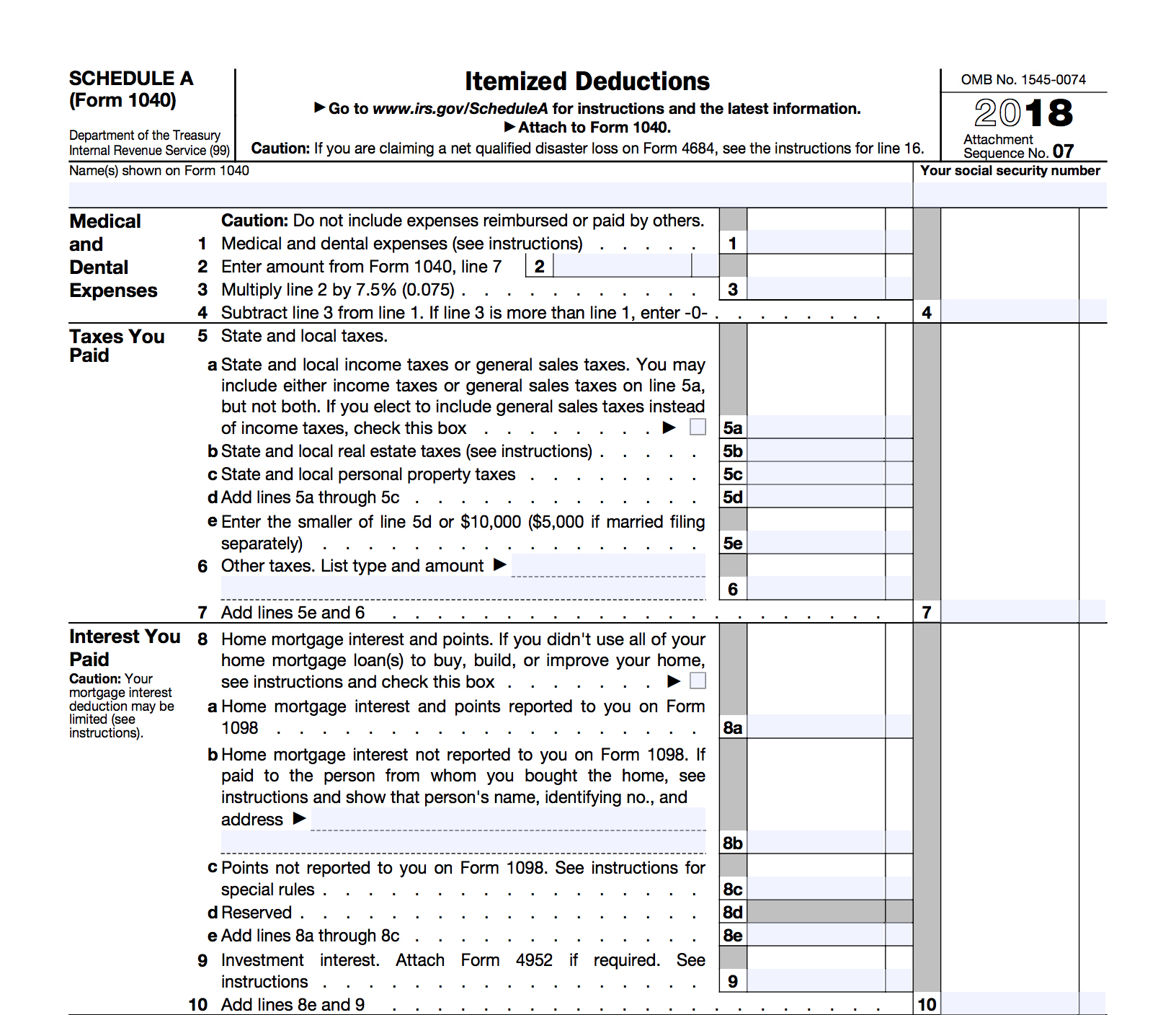

Get expert help to make sure there aren’t other problems on your tax account To be on the safe side, following these suggestions from the FTC will protect you further if the identity theft affects more than your taxes. There may be nothing to worry about in addition to your tax identity theft. Contact your financial institutions to verify your accounts and purchases.Place a fraud alert on your credit records.If you’re a victim of identity theft, the Federal Trade Commission (FTC) suggests that you also:

The IP PIN requirement may change in the future when the IRS improves its identity protection and authentication measures. Right now, there’s no way to opt-out of the IP PIN program once you’re enrolled. In fact, once the IRS issues you an IP PIN, you have to enter it to be allowed to e-file your return. You then enter it on your tax return to provide an additional layer of security. The IP PIN is a six-digit number that you get every December by mail ( IRS Notice CP01A). Taxpayers with past identity theft are given a special number, called an Identity Protection Personal Identification Number or IP PIN, to use in filing their future returns. You may be assigned a special number to use on your tax return every year. Victims of tax identity theft should check in periodically with the IRS to make sure that the IRS is working to complete their case. But in many instances, victims of complex tax identity theft have experienced resolution times of more than one year. The IRS says that it resolves tax identity theft cases in 120 to 180 days, depending on your circumstances. How long does that take? It depends on the complexity of your problem. For example, if someone is using your taxpayer identification number for employment, the IRS won’t know it, unless the IRS selects your return for audit or an underreporter inquiry. However, you may have to point out other issues that the IRS may not be aware of. Once everything is resolved, the IRS will send you a notice. If the IRS discovers other tax years with identity theft-related issues, the IRS will resolve all the issues before closing out your case. The IRS will resolve all issues and close your case. The indicator will remain on your account indefinitely. Once you have an identity theft indicator, the IRS will send you a notice letting you know that the flag is in place. This flag helps the IRS better detect possible future fraudulent return filings and stop the return before sending any refund. The identity theft indicator lets the IRS know to give extra scrutiny to any tax returns filed under your taxpayer identification number. Place an identity theft indicator on your account.Remove any fraudulently filed returns from your tax account.Issue your refund (if you’re getting one).Make sure the IRS correctly processes your latest return.Identity Theft Victim Assistance will also: If this isn’t your first time filing a return, these IRS representatives will review your tax account to see how many tax years may be affected. These employees are a part of the IRS Identity Theft Victim Assistance department, which resolves tax identity theft issues and communicates with victims. The IRS has employees dedicated to addressing tax identity theft. Your case will get special attention at the IRS. If you’re one of the few people selected to prove who you are, you may need to answer questions about past returns. Within 30 days after the IRS gets your Form 14039, you’ll get a letter telling you that the IRS received your affidavit.ĭuring this time, the IRS may ask you to prove your identity, typically with letter 5071C. The IRS will send you a notice.įirst, the IRS will acknowledge your reported tax identity theft. Learn all the steps to take to address tax identity theft.

Here’s what will happen at the IRS and what to expect during that time: This process can take as little as three months or as long as a year, depending on your circumstances. The IRS will work to correct your stolen identity refund fraud, issue your refund (if you’re getting a refund), and protect you from future tax identity theft. You follow the instructions to file your return with the IRS by mail – and attach Form 14039, Identity Theft Affidavit, to report your identity theft.

This means that you’re a victim of tax identity theft – or more specifically, stolen identity refund fraud. You try to file your tax return and find out that someone has already filed under your Social Security Number.


 0 kommentar(er)
0 kommentar(er)
